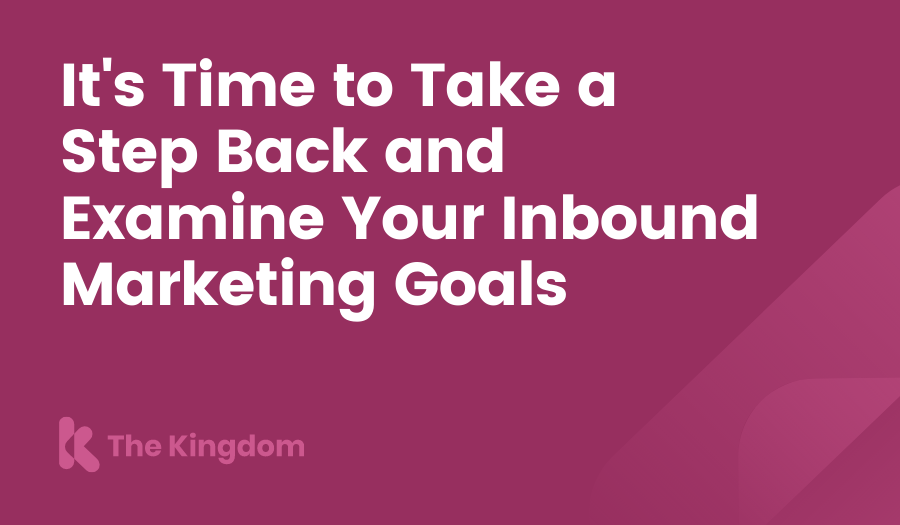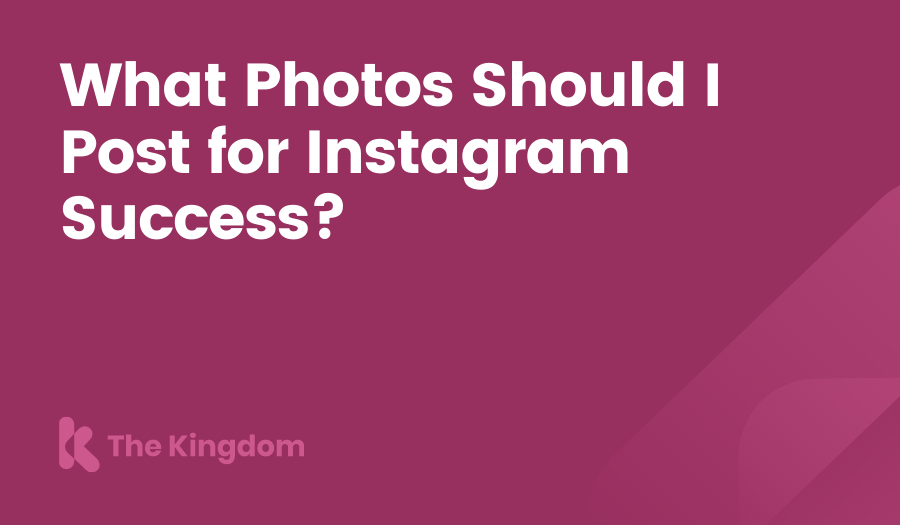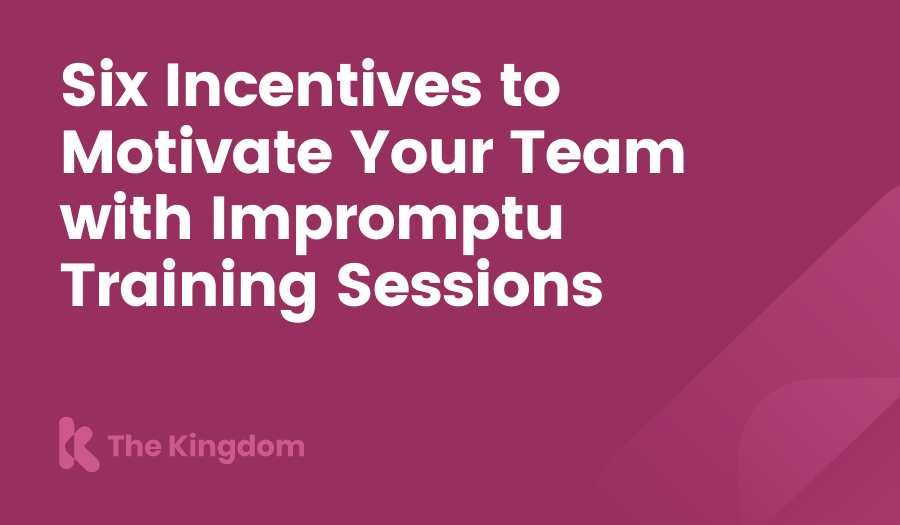It seems like there's never enough hours in the day. At The Kingdom, we work using Teamwork to manage our clients and our projects for them. Each person has a task list that they work from. In my case, my list averages 40-50 items long – long enough that I have to manually expand the list so I can see everything at once. At the end of the day, no matter how hard I work or how many tasks I tick off my list, there's always more to do. That's the nature of inbound marketing.
The Kingdom is an inbound marketing agency that uses HubSpot to manage every aspect of our clients' digital marketing. We work with all sorts of clients with all kinds of goals, from increasing their eCommerce sales to running PR. We build their websites and run their social media, write content for them and build marketing campaigns.
When we first start talking to a prospect, we talk about every piece that makes up inbound marketing – the website, the sales funnel, lead nurturing, and more. It's easy to get excited about what we do. We work with innovative software that offers an unmatched user experience and powerful suite of tools. We get easily measured, impactful results that help our clients. But we always start off by telling these prospects that it's going to take time to get everything up and running.
Typically, we plan on it taking 12-18 months before a portal is mature.
Sometimes, though, I don't think we emphasize this timeframe enough, nor do we really explain what a "mature" portal looks like.
Business leaders tend to think of inbound marketing as a project that has a timeframe to be completed. "My company’s inbound marketing efforts will take 12-18 months to be finished, after which it is done."
This is, of course, not at all the case.
There isn't an end point for marketing, just as there isn't a cap for your business' revenue. Instead, marketing strives to reach a series of targets that are aligned to help the business reach its overarching goals. That doesn't mean there aren't stages to it, though. Inbound marketing campaigns can be broken down into life stages as they grow. Mature inbound marketing campaigns have all the pieces present to offer options at every stage of the buyer's journey. Putting numbers on things is always a bit dangerous, but here's where we ballpark it:
The Kingdom considers a client's inbound marketing to be mature when it has over 200 website pages, content that addresses every stage of the buyer's journey, and basic lead nurturing campaigns in place to help guide prospects and leads down the sales funnel.
Once we have all these pieces in place, that's where it gets interesting. We can start targeting very segmented lists of contacts and creating lead nurturing campaigns that last years. We measure the results of our work so far, then build new strategies to build off that information. It's important to keep in mind, too, that inbound marketing is a disruptive movement, so there's always new tactics and technologies that we can use to achieve the business goals.
Until we reach this point, we're going to focus on only one or two business goals. Common goals include:
-
Brand Awareness
-
Quality Leads
-
Lead Conversion
-
New Customers
-
Customer Retention
-
Revenue
-
New Products
-
Entering a New Market
We know that every business wants to achieve everything on that list – but they would need a huge budget and tons of man hours to work on them all at once. That's why we start by picking only one or two. Then, once we've achieved them, we pick another and start working on it.
We ask clients to choose which of these goals they would most like to target and the metric that reflects it, and use it to guide our efforts as we work on developing their web presence. It allows us to develop the website, map the buyer's journey, and move the needle on the chosen metric.
There's another reason why we limit the number of goals we focus on.
When businesses start trying to do too many things at once, it gets messy.
When a business goal is improving lead quality, it doesn't make sense to invest a ton of effort in a campaign to increase brand awareness. If your goal is to enter a new market or launch a new product, you shouldn't start focusing on customer retention.
To keep everything on track, we use the SMART Goals method. Making each goal and its associated campaign Specific, Measurable, Attainable, Realistic, and Time-bound allows both for us to be held accountable to the client and for any new developments in the business to be checked against the goals.
So what's the point of all this?
I want to encourage you to set aside time this week to evaluate your current marketing in light of the information above. Read through the list of common business goals, and pick just one. Really evaluate what your current website says, and what it doesn't. Check the information you've published against what your business now practices. Take stock of everything you're doing, and go down your own task list and examine every item you have on there.
Most importantly, though, do it in light of your business goals.
It's so easy to get sidetracked, or even lose your sight of your purpose. That's just the way human brains work. Sometimes, these side projects yield extraordinary returns beyond what you thought possible. But if your business has a goal it wants – or needs – to achieve, it's critical to streamline your marketing to align with it.
If you would like to get a step-by-step guide to evaluating your inbound marketing, you can download my free eBook "The 8 Step Guide to Running an Inbound Marketing Self-Assessment."



